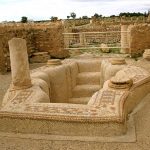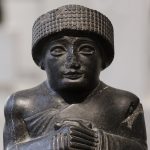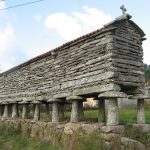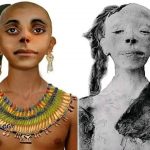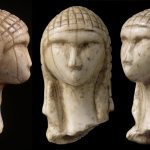The Great Sphinx of Giza: Guardian of the Horizon
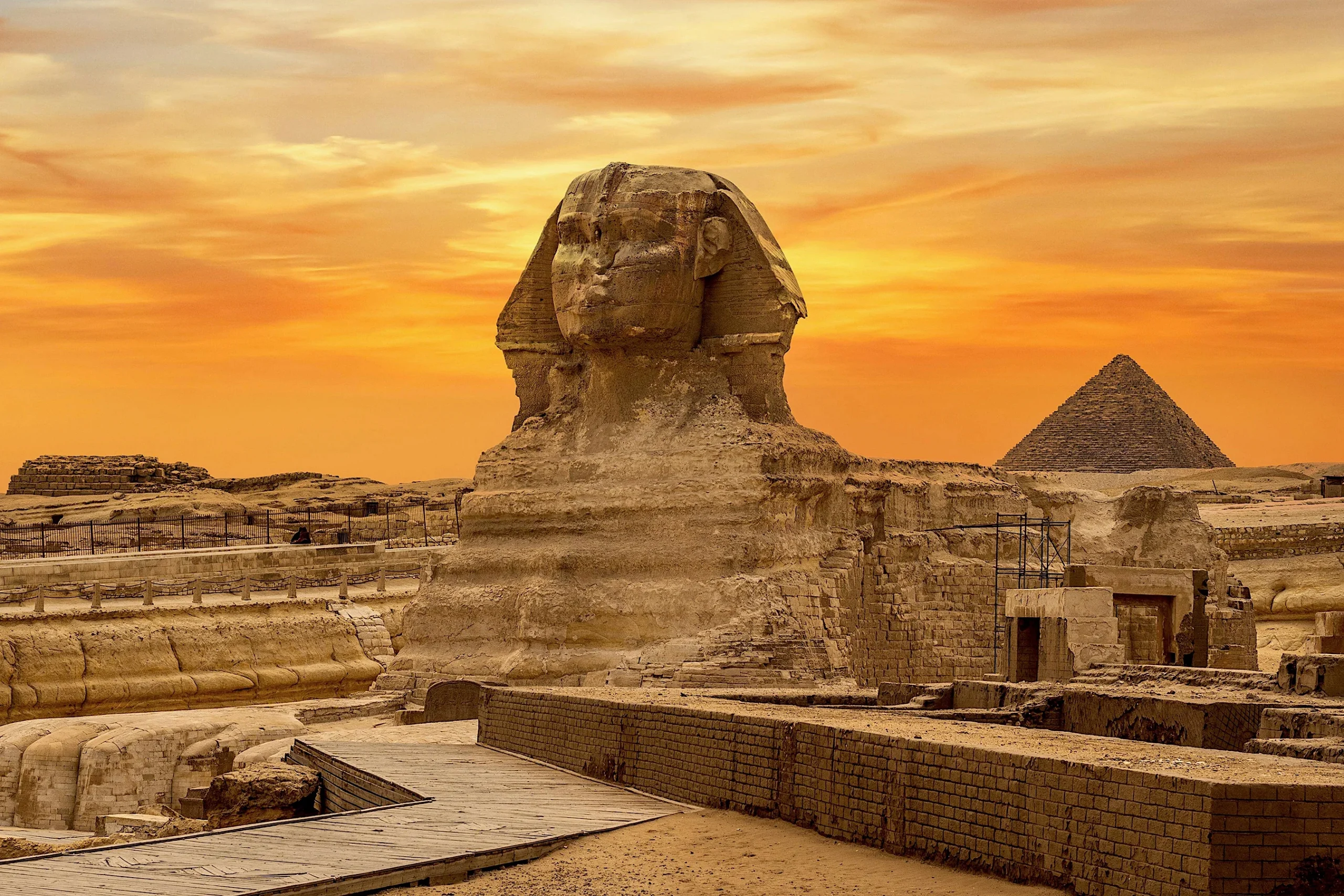
The Sphinx is one of the most iconic monuments of ancient Egypt, instantly recognizable by its colossal body of a reclining lion and human head.
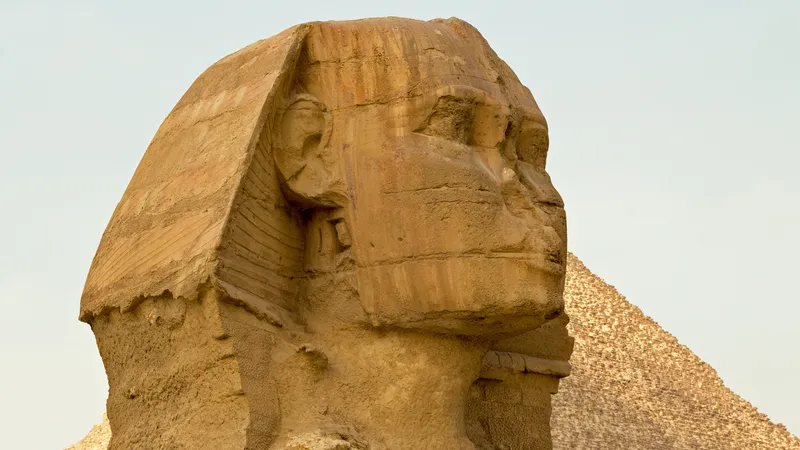
The most famous example—the Great Sphinx of Giza—was carved directly from the limestone bedrock on the Giza Plateau, probably during the reign of Pharaoh Khafre (c. 2558–2532 BCE) in the Old Kingdom. Measuring about 73 meters (240 ft) long and 20 meters (66 ft) high, it faces directly east, greeting the rising sun. Scholars believe it symbolized royal power, wisdom, and divine protection, with the lion’s strength paired with a pharaoh’s face—possibly Khafre himself.
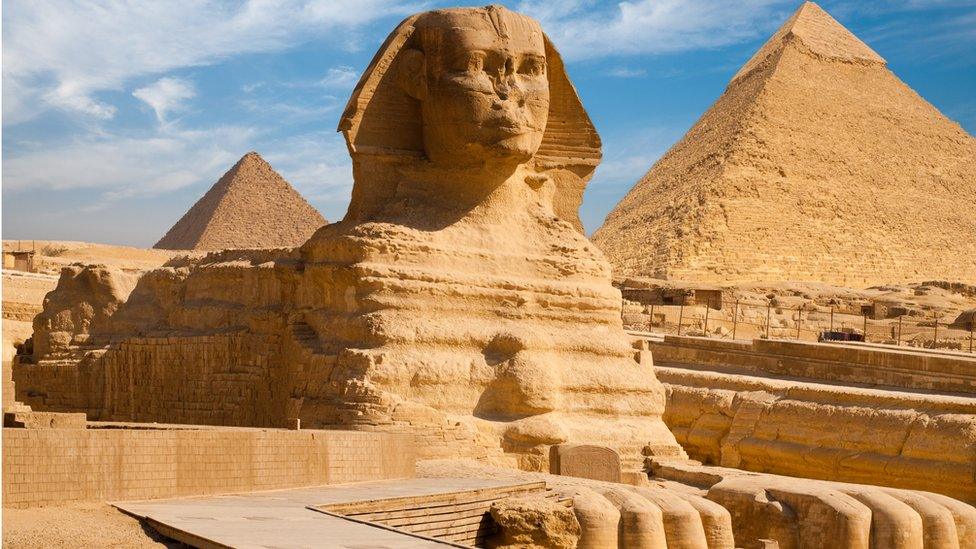
Over thousands of years, the Sphinx has suffered erosion, deliberate defacement (its nose and beard are missing), and numerous restoration attempts dating back to antiquity. In ancient times, it was called Hor-em-akhet (“Horus of the Horizon”), linking it to the sun god Ra. Myths and mysteries surround it—some ancient inscriptions describe it as a guardian of sacred spaces, while later Arab traditions imagined hidden chambers or treasures beneath it.
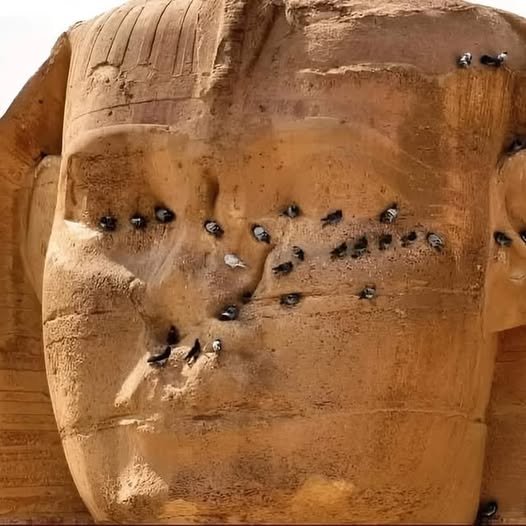
Today, the Sphinx remains a potent symbol of ancient Egyptian civilization—an enduring fusion of human intellect and animal might, shrouded in both archaeological study and legend.

